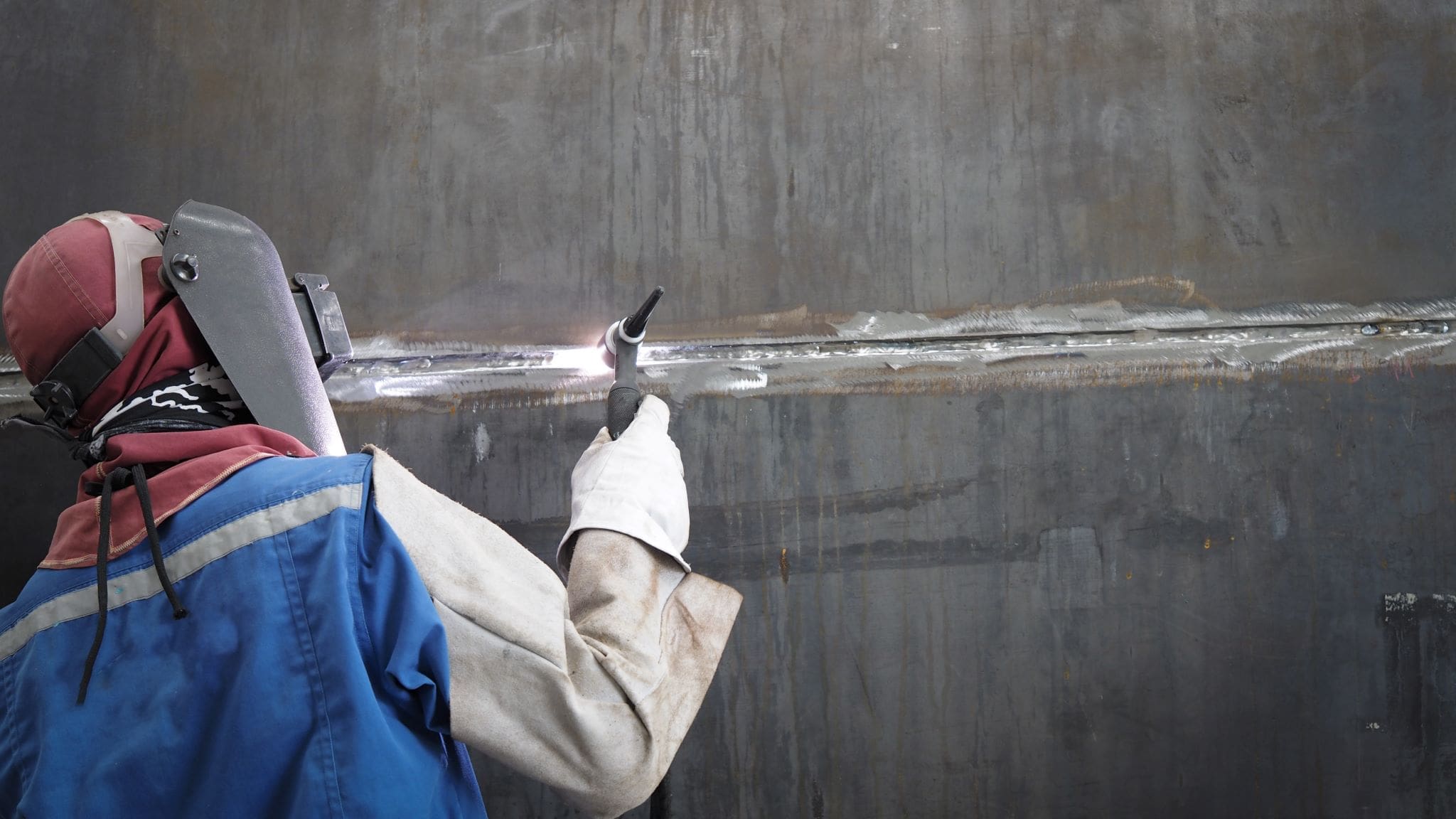Boiler and pressure vessels have been around since at least Leonardo da Vinci first sketched them out in 1495. They came into prominent use at the start of the industrial revolution in factories and locomotives.
Since then, these pieces of equipment have expanded into every industry, from manufacturing to oil and gas to nuclear facilities and even aerospace.
The rapid expansion of their use in the early industrial revolution came at a cost, though. Lack of engineering knowledge and inconsistent construction led to deaths on a daily basis in the United States.
This lack of safety prompted the creation of the ASME Boiler and Pressure Vessel Codes (BPVC) and certifications defining the rules for constructing and repairing these vessels. Continue reading to understand more about the importance of these codes, and then contact Heartland Repair & Coatings for the highest quality repair for your pressure vessel systems.
What are boilers and pressure vessels?
Boilers are any enclosed vessels that heat or superheat a liquid, typically water, under pressure. The heated or vaporized fluid is then released to another device for application. These applications include heating, sanitation, and power generation.
Pressure vessels are designed to hold liquid or gases at a pressure and temperature significantly different from the surrounding environment.

How are boilers and pressure vessels made?
Boilers are traditionally made from steel or alloy steel.
Stainless steel is not typically used due to its tendency to corrode, making it susceptible to stress corrosion cracking. Copper and brass are often used for smaller applications.
Originally, boilers were made by rolling wrought iron plates and riveting the final pieces together. Boiler manufacturing today has transitioned to more economical steel and welded construction.
Pressure vessels are typically spherical or cylindrical and are generally made by rolling or forging individual shapes and then welding them together. A composite overwrapped pressure vessel is a traditional metal liner with a material such as a filament wound composite wrapped around it.
Typical metal pressure vessels may also have a lining made with other materials such as ceramics or polymers to prevent interactions between the metal and the contained materials. These liners may also take on some of the pressure load.

What is ASME?
ASME is an abbreviation for the American Society of Mechanical Engineers, founded in 1880 as a not-for-profit organization. Its goal was to share knowledge and skills across all engineering disciplines. This goal resulted in creating engineering standards to ensure safety and reliability in mechanical production.
In 2020, ASME formed a new non-profit, the International Society of Interdisciplinary Engineers (ISIE). The goal of this developing organization was to bring together new businesses which would bring recent and innovative technologies, products, and services to the engineering community.
As of 2021, ASME has over 90,000 members in over 135 countries.
What are ASME Boiler and Pressure Vessel Codes?
ASME issued its first standard in 1884 – Code for the Conduct of Trials of Steam Boilers. They published the first edition of today’s Boiler and Pressure Vessel Code in 1914. The code is constantly updated but currently includes 31 books and over 19,000 pages.
It covers all forms of pressure vessels in various industries, including transport tanks, industrial boilers, residential boilers, and nuclear reactor components. The constant updating is accomplished by nearly 1000 volunteer experts and is considered the safety model in the industry.
Why are ASME Boiler and Pressure Vessel Codes important?
The industrial revolution expanded the use of boilers and pressure vessels throughout the world. However, unprecedented accidents due to a lack of engineering knowledge and little to no safety regulations came with this accelerated growth.
Two particularly devastating boiler explosions in Massachusetts in the early 1900s, killing dozens and injuring hundreds, prompted a call for consistent safety guidelines for manufacturing this type of equipment. These incidents encouraged the ASME to write that first standard for conducting trials in steam boilers.
As of this writing, 100+ countries use the BPVC, and of the almost 12,000 certifications, 57% reside outside the United States.
Safety
Originally, not enough was known about the engineering required to build consistently safe boilers and pressure vessels. ASME designed the code to standardize and distribute this information. Defining the requirements for this equipment and distributing it created a safer environment for all who used or were near these machines.
Quality
The code defines specific design standards. These standards set definitive design attributes such as vessel thickness, material, connections, and joints. By following a clear-cut set of characteristics, the quality of the piece was assured and not left to guesswork.
Do these codes differ at all by industry?
There are different sections of the ASME BPVC defining product certification packages and stamps for:
- Power Boilers
- Heating Boilers
- Pressure Vessels
- Transport Tanks
- Fiber-Reinforced Pressure Vessels
- Nuclear Construction
- Nuclear Inservice
These quality systems certificates outline design, production, processing, fabrication, inspection, and testing requirements for materials, welding and brazing, non-destructive testing, destructive testing, and containment systems, just to name a few.
Each of these requirements references additional ASME Standards for such items as QA inspections, stainless steel pipe, pipe flanges and fittings, washers, threads, pressure relief devices, and more.
ASME created these material specifications to define quality and safety minimums that apply across all industries or denote industry-specific requirements.
Contact the Heartland Repair & Coatings team today to talk to us about a solution for your boiler and pressure vessel repairs.


